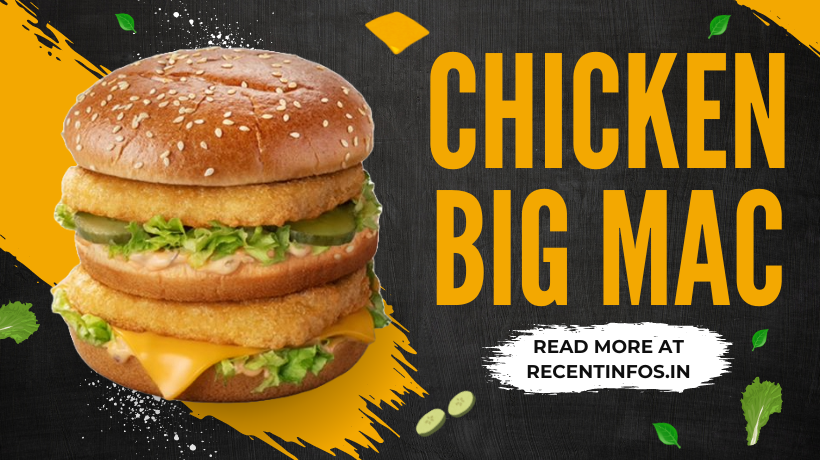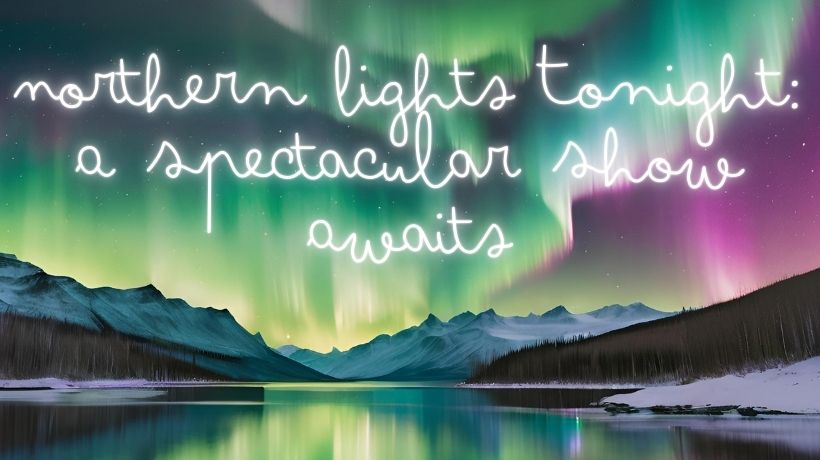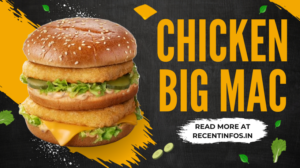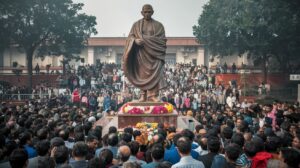YouTube is currently facing a significant licensing dispute with SESAC (the Society of European Stage Authors and Composers), resulting in the blocking of numerous music videos from popular artists. This situation has left many users frustrated and raised questions about the complexities of music licensing in the digital age. Here, we delve into five key insights regarding this ongoing dispute.
Table of Contents
1. The Scope of the Blocked Content
As of late September 2024, YouTube has blocked hundreds of music videos featuring songs from high-profile artists such as Adele, Bob Dylan, Green Day, Kendrick Lamar, and Nirvana. Users attempting to access these videos are met with a message stating, “This video contains content from SESAC. It is not available in your country.” The blocking affects not only official music videos but also other content associated with SESAC-represented works.
The exact number of affected videos remains unclear, as the complexities surrounding music rights ownership make it difficult to identify all impacted tracks. However, it is evident that this disruption significantly inconveniences both fans and artists alike. Many users have expressed their dissatisfaction on social media, particularly premium subscribers who feel they are not receiving the value they paid for.
2. Understanding the Licensing Dispute
The conflict arose when negotiations between YouTube and SESAC for a new licensing agreement stalled. YouTube’s existing contract with SESAC expired without a renewal agreement in place, prompting the platform to block content associated with SESAC to comply with copyright laws. A spokesperson for YouTube stated, “We have held good faith negotiations with SESAC to renew our existing deal. Unfortunately, despite our best efforts, we were unable to reach an equitable agreement before its expiration”.
Sources indicate that YouTube began blocking videos containing SESAC-licensed works just days before the contract’s expiration, leading some to speculate that this may have been a negotiating tactic aimed at pressuring SESAC into agreeing to more favorable terms. This tactic mirrors past disputes in the industry, where platforms have used similar strategies to influence negotiations.
3. Impact on Artists and Fans
The blocking of these music videos has significant repercussions for both artists and their fans. For artists like Adele and Bob Dylan, whose works are represented by SESAC, this disruption affects their ability to reach audiences through one of the largest video streaming platforms available today. Fans who rely on YouTube for music discovery are left frustrated as they encounter blocked content.
Moreover, this situation highlights the complexities surrounding music rights management. When licensing disputes arise, they can inadvertently affect other artists and companies not directly involved in the conflict. For example, record labels and music publishers that work with SESAC member writers may see their content blocked even if they have active licensing agreements with YouTube.
4. Negotiation Dynamics and Industry Precedents
The dynamics of negotiation in the music industry are often fraught with tension. Insiders suggest that YouTube’s decision to block songs shortly before the contract’s expiration might be a tactic to influence SESAC’s negotiating position. This approach is not new; similar disputes have occurred between major entities in the music industry and digital platforms.
For instance, earlier this year, Universal Music Group (UMG) found itself in a protracted negotiation with TikTok over royalty payments. During this time, various tracks from UMG were either muted or inaccessible on TikTok until a new agreement was reached. Such historical precedents serve as reminders that while digital platforms like YouTube have become essential partners for recording rights holders, tensions between streaming services and collecting societies persist.
5. The Broader Context of Music Licensing
The current dispute between YouTube and SESAC underscores broader issues within the music industry regarding copyright law and licensing practices. Music rights must be continuously negotiated among various entities, including performing rights organizations (PROs) like SESAC, BMI, ASCAP, GMR, and AllTrack. Each organization represents different songwriters and publishers, complicating the landscape for digital platforms seeking comprehensive licensing agreements.
In the U.S., performing rights are typically licensed separately from mechanical rights, which adds another layer of complexity to negotiations. This fragmentation can lead to situations where certain songs remain accessible while others are blocked due to differing agreements with various PROs.
The Path Forward
As negotiations between YouTube and SESAC continue, both parties are hopeful for a resolution that will restore access to blocked content. YouTube has expressed its commitment to reaching a new deal as soon as possible while taking copyright issues seriously. The outcome of these discussions will likely set a precedent for future licensing agreements between digital platforms and performance rights organizations.
In recent developments, it was reported that YouTube has begun reinstating some previously blocked content after reaching an agreement with SESAC. This swift resolution indicates that both parties recognize the importance of maintaining access to popular music on their platform while ensuring fair compensation for songwriters and publishers.
User Experience Challenges
For many users attempting to access blocked content on YouTube, frustration is mounting. Error messages indicate that specific videos are unavailable due to copyright restrictions; however, some tracks by affected artists remain accessible. This inconsistency raises questions about how effectively YouTube manages its rights management systems.
Creators who incorporate SESAC-represented music into their videos face additional challenges as well. Some have reported partial or complete blocks on their content due to these licensing issues. They must either edit their videos or dispute claims if they believe they hold appropriate rights—an often time-consuming process made more complicated by ongoing negotiations.
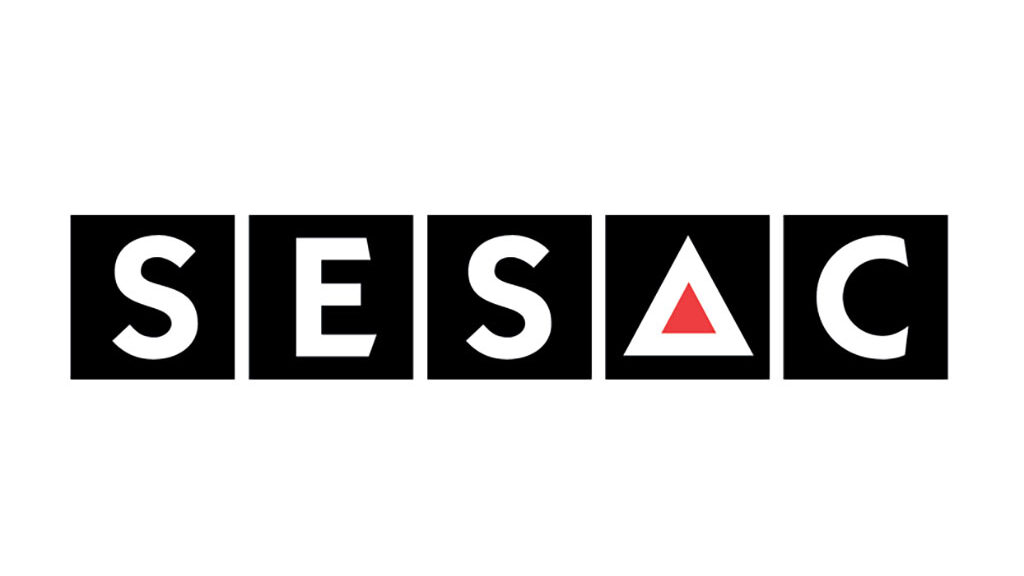
Final Analysis
The ongoing dispute between YouTube and SESAC highlights significant challenges within the realm of digital music licensing. As both parties work towards a resolution, it remains crucial for all stakeholders—artists, organizations, and fans—to stay informed about developments in this situation. With negotiations underway, there is hope that access to beloved music videos will soon be restored across YouTube services.
As we navigate this complex landscape of copyright law in the digital age, it becomes increasingly clear that effective communication and collaboration among all parties involved will be essential for ensuring fair access to music content while respecting artists’ rights. Users may need to explore alternative platforms temporarily; however, as history shows us, most disputes ultimately lead to renewed agreements that restore access to cherished songs on platforms like YouTube.

